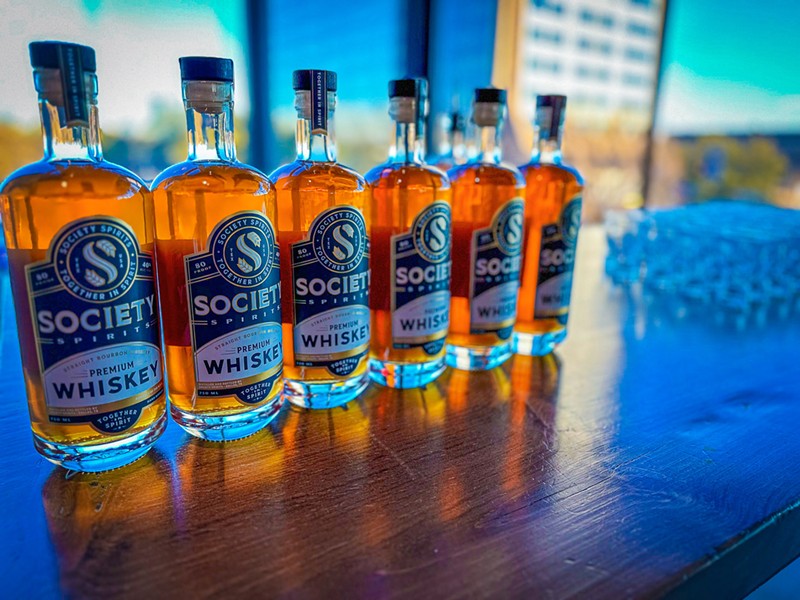Galveston Liquor: The Ultimate Location for Spirits and Red wines
Unlocking the Mysteries of Distillery Processes: A Thorough Overview
Within the world of distillery procedures exist ins and outs that typically continue to be veiled to the casual onlooker. From the thorough art of mashing and fermentation to the alchemical transformations that occur during purification, each step holds its very own secrets waiting to be unraveled. As we venture into the midsts of spirit aging methods and the precision of quality assurance actions, a tapestry of flavors and fragrances arises, formed by time-honored customs and cutting-edge techniques. Join us as we embark on a trip to demystify the enigmatic globe of purification, where science fulfills creativity in an unified blend that astounds the senses.
The Art of Mashing and Fermentation
In the distillery procedure, the art of mashing and fermentation plays a critical role in changing raw materials right into the first stages of alcohol production. Mashing involves the procedure of damaging down the starches in grains like rye, corn, or barley, right into fermentable sugars.
Once the wort is produced, fermentation enters into play. Yeast, an essential player in this phase, is included to the wort to kickstart the fermentation process. Yeast takes in the sugars in the wort, producing alcohol and co2 as results. This transformative procedure normally takes a number of days to finish, relying on the preferred alcohol content and flavor profile.
Mashing and fermentation are elaborate procedures that set the foundation for the alcohol that will at some point be distilled and aged to create an end product with distinctive attributes and flavors.
Understanding the Purification Process
One of the pivotal stages in the production of alcohol entails understanding the distillation process. Purification is an approach utilized to different alcohol from the fermented fluid, commonly with home heating and cooling procedures.
Comprehending the distillation process is important for distillers to manage the quality, stamina, and taste of the alcohol being generated. By mastering the art of purification, distilleries can produce a wide variety of spirits with distinct attributes that attract various customer preferences.
Secrets of Spirit Aging Strategies
Discovering the complexities of spirit aging methods unveils the covert virtuosity behind the growth of nuanced tastes and aromas in distilled beverages. The aging process is an important phase in the production of spirits, where the liquid connects with the oak barrels, taking in compounds that enrich its profile over time. Distilleries typically make use of charred oak barrels, which present unique tastes to the spirit through a process of removal and oxidation.
Moreover, the ecological conditions in which the barrels are kept play a substantial function in forming the end product. Changes in temperature and humidity can affect the rate of aging and the communications in between the spirit and wood. Master distillers skillfully browse these variables to craft spirits with unique individualities, embodying the conclusion of ingenious methods and time-honored customs.
Quality Assurance and Testing Approaches
The precise craftsmanship showed in regulating and picking barrels aging periods in the spirits manufacturing procedure highlights the critical significance of rigid quality assurance procedures and precise testing techniques (Breweries in Galveston Texas). Quality control in distilleries includes several stages to make sure that each batch meets the preferred criteria. From resources inspection to end product evaluation, each step is essential in keeping uniformity and excellence
One essential facet of quality control is sensory evaluation, where skilled experts analyze the fragrance, flavor, and overall top quality of the spirits. Chemical evaluation strategies such as gas chromatography and mass spectrometry are used to discover any kind of pollutants or inconsistencies from the desired make-up. In addition, physical tests like density measurements and pH analysis give more insights right into the item's characteristics.
To ensure adherence to regulative needs and inner standards, distilleries additionally perform microbiological screening to inspect for any microbial contamination that can influence the product's safety site here and life span. By applying durable quality assurance and testing approaches, distilleries can support their track record for producing costs spirits continually.
Discovering One-of-a-kind Flavor Mixtures

In the procedure of flavor mixture, the selected botanicals are added to the base spirit and delegated macerate or high for a given period. This allows the alcohol to draw out the tastes and crucial oils from the botanicals, leading to an unified blend of preferences (Distillery in Galveston). Distilleries may likewise employ methods like vapor mixture or basket mixture during purification to give details flavors to the spirit
Additionally, some distilleries decide for barrel aging or cask finishing techniques to introduce additional complexity and deepness to their spirits through communications with the timber. These approaches add to the creation of one-of-a-kind taste profiles that attract a discerning audience seeking story and memorable alcohol consumption experiences.
Final Thought
To conclude, the distillery refines involve complex actions such as mashing, fermentation, taste, distillation, and aging mixtures. Quality control and testing methods are essential in guaranteeing the last item fulfills requirements. Comprehending the science behind these procedures is essential for generating top quality spirits. By opening the enigmas of purification, distillers can create one-of-a-kind and flavorful spirits that appeal to a wide variety of customers.
As we venture into the midsts of spirit aging methods and the accuracy of high quality control procedures, a tapestry of flavors and Galveston Whiskey scents arises, shaped by classic customs and innovative practices. Distilleries frequently make use of charred oak barrels, which impart unique flavors to the spirit through a process of removal and oxidation.Making use of a varied variety of components and botanicals, distilleries can craft one-of-a-kind flavor infusions that set their spirits apart in a competitive market. Breweries in Galveston Texas.In the process of flavor infusion, the selected botanicals are added to the base spirit and left to emaciate or high for a given period. Distilleries might likewise use strategies like vapor infusion or basket mixture throughout purification to impart particular tastes to the spirit